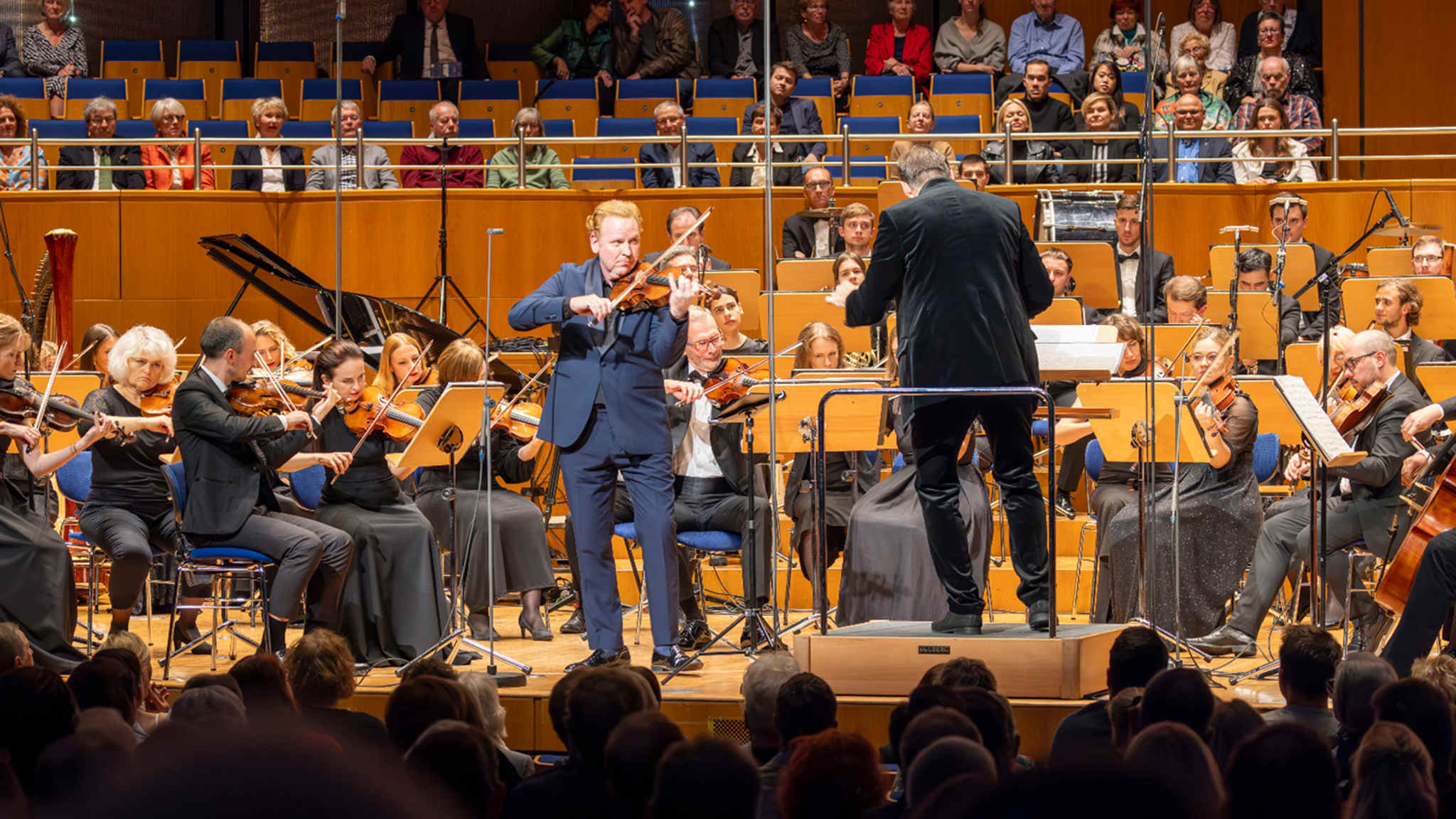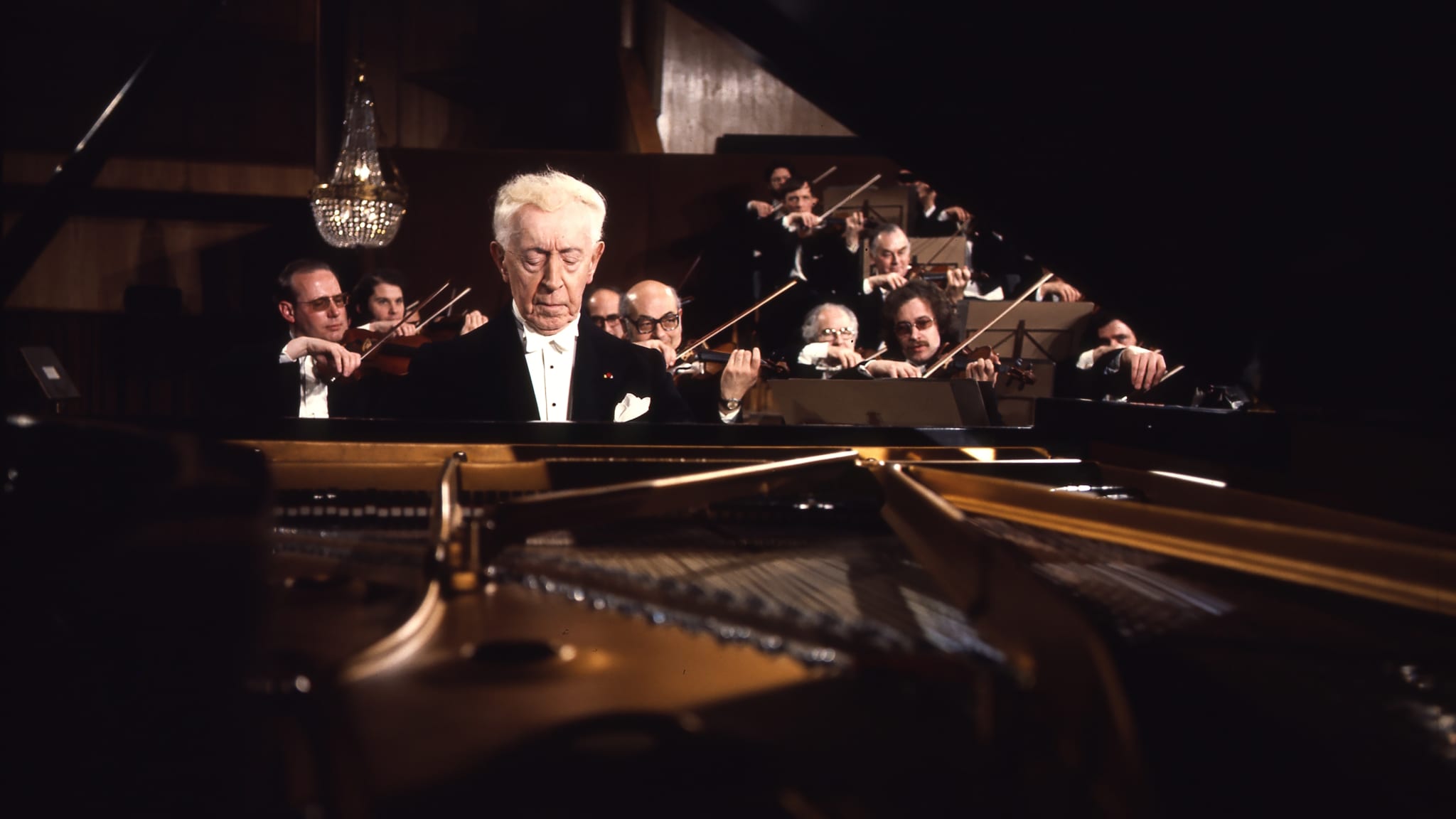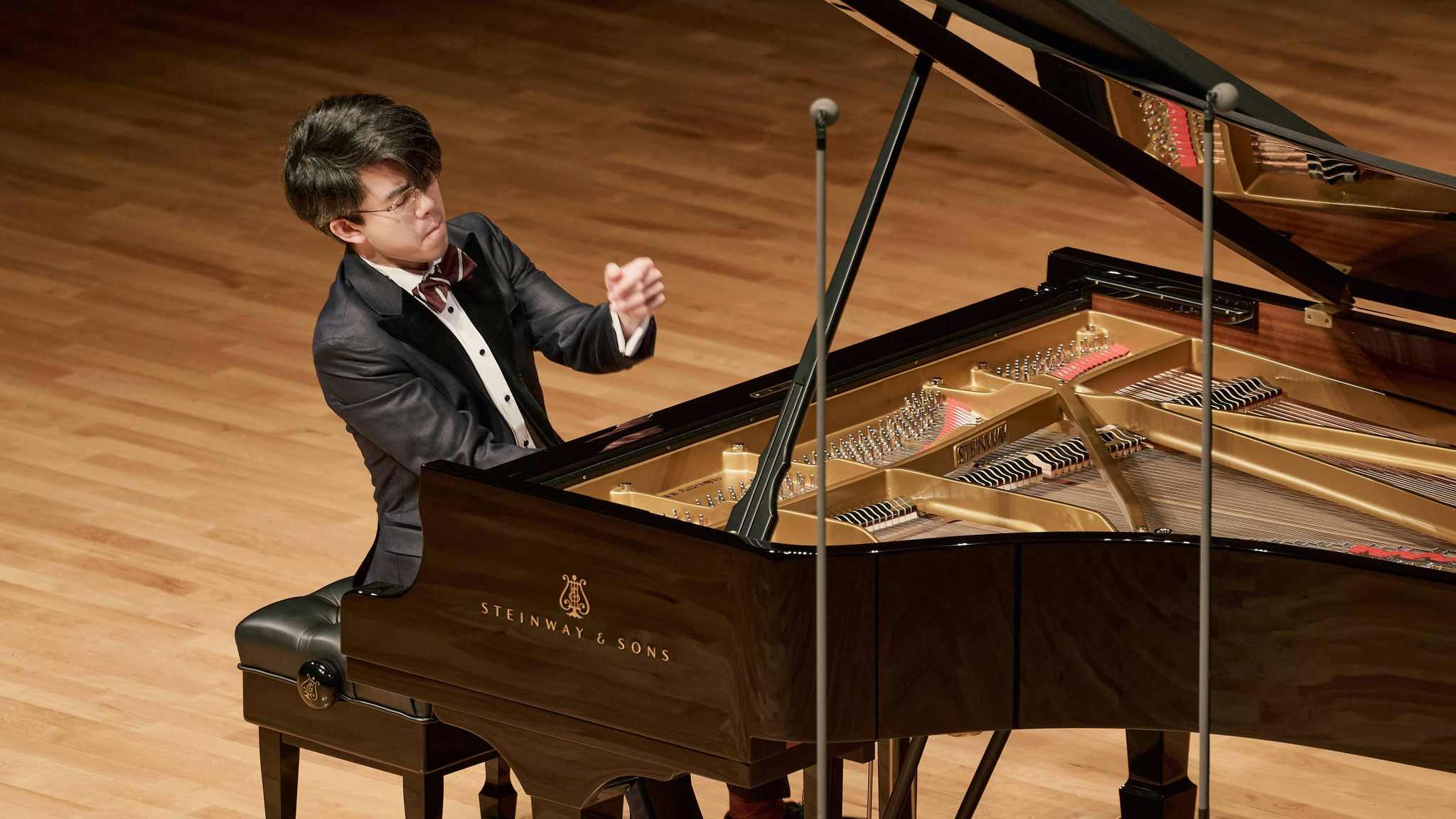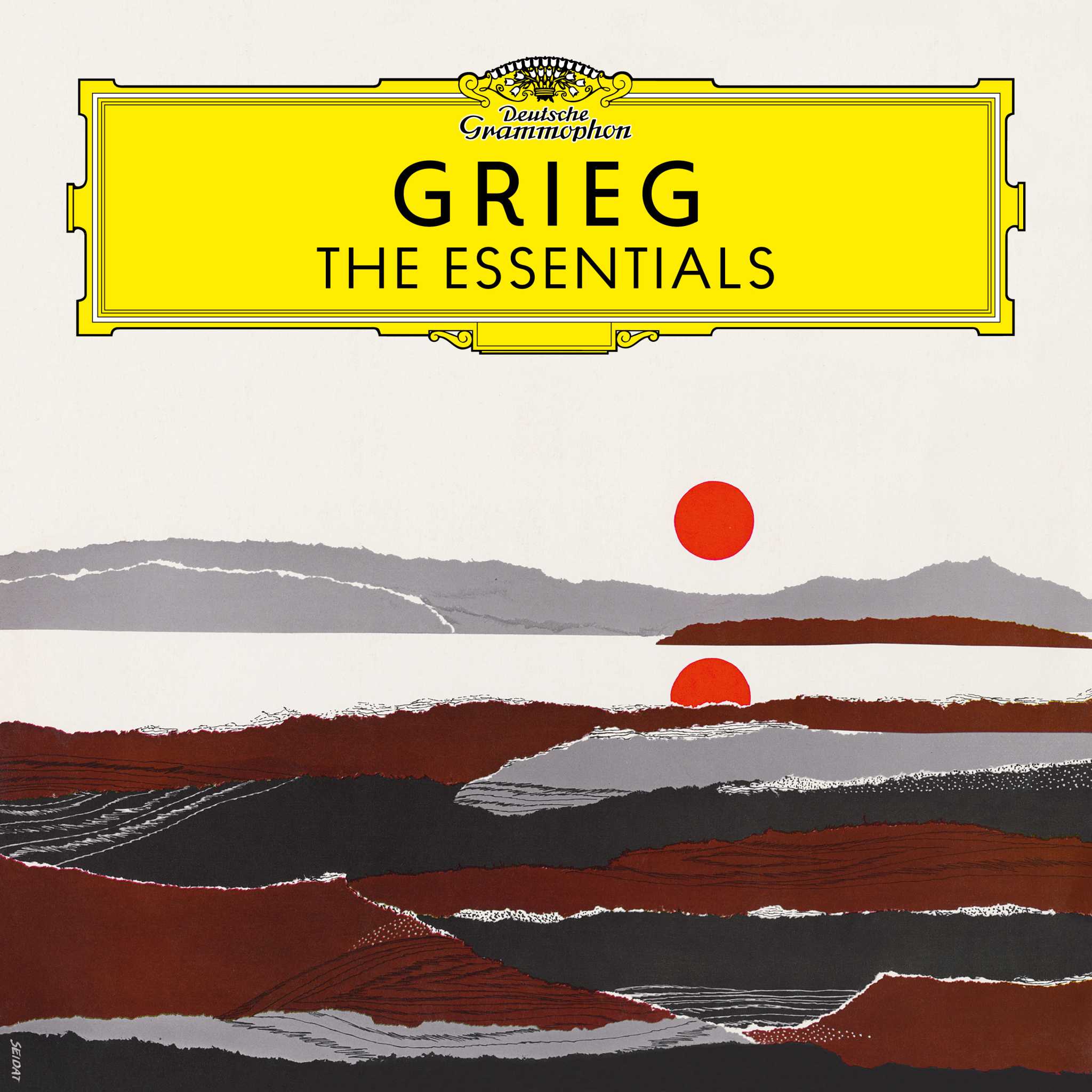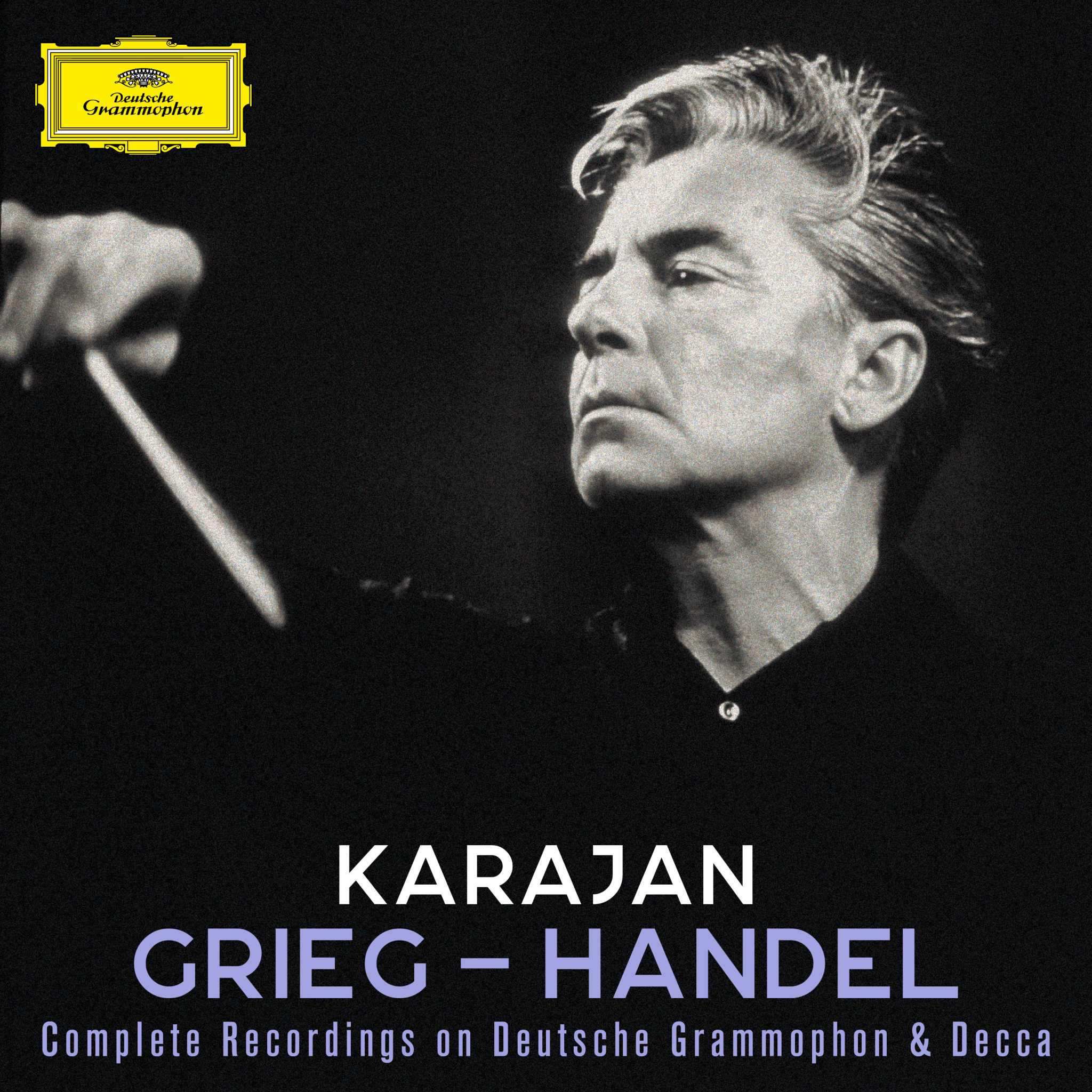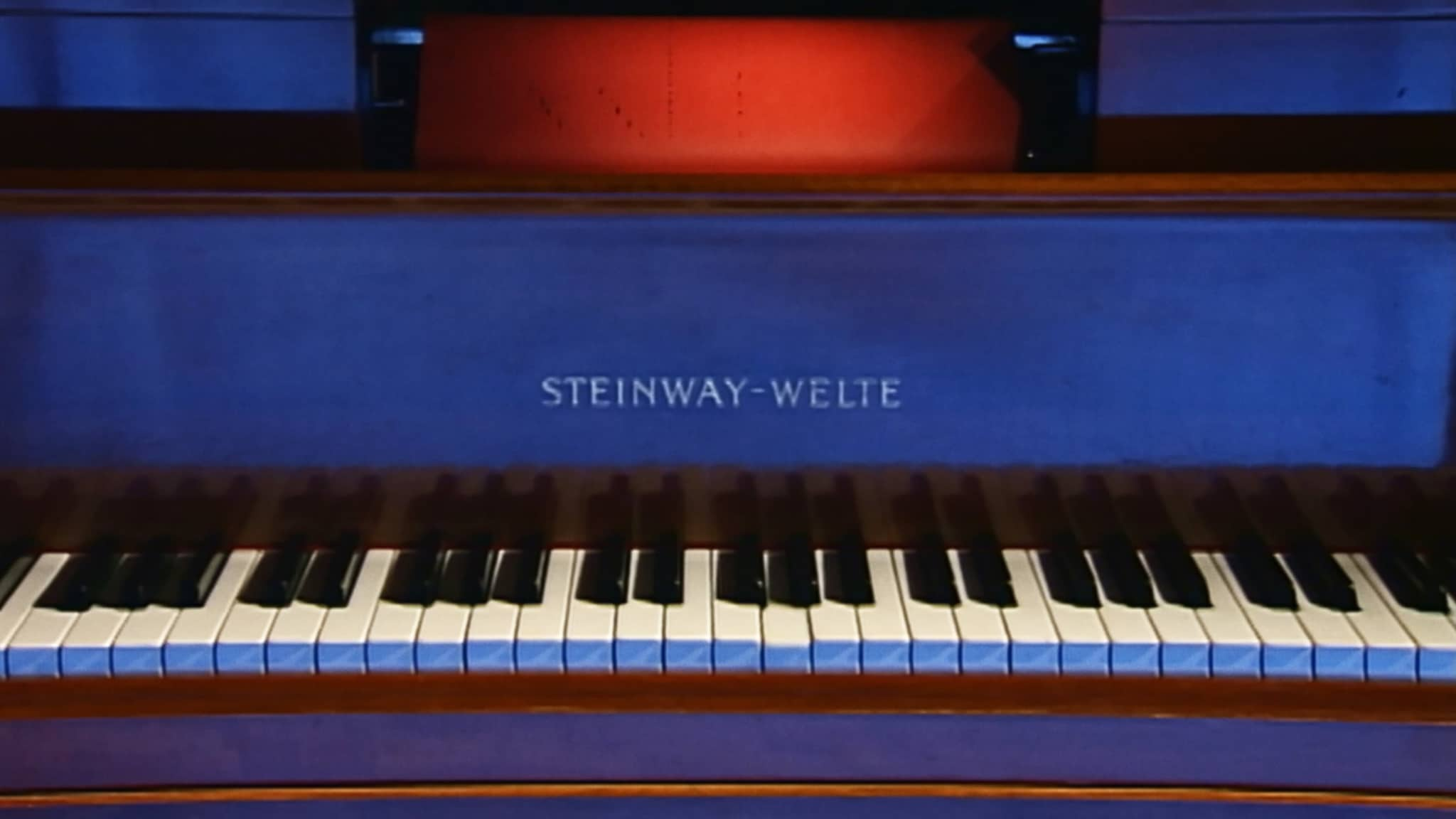Concerts and Operas
Albums
Appears On
Documentaries
AboutEdvard Grieg

Edvard Grieg's international renown eclipses the achievements of all other Norwegian composers, just as Henrik Ibsen remains Norway's most popular poet and Edvard Munch its most famous painter. As a young man, Grieg spent several years in Copenhagen, which at the time was a second home for many Norwegian artists and intellectuals. Nevertheless, it was during this period that his interest in Norwegian folk music awakened, through which he developed a distinctive personal style that was absent in his early compositions. Grieg undertook numerous trips abroad to conduct his orchestral works or to perform his solo piano pieces and chamber music with piano as a pianist; and he regularly sat at the piano when his wife, the singer Nina Hagerup, performed songs he had composed for her voice. He met Brahms, Tchaikovsky, and other prominent composers, and based on his experiences with first-class performers in various European music centers, he tirelessly advocated for raising the musical standards in his homeland.

